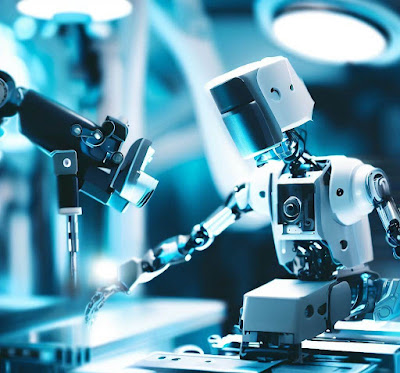IoT Architecture and Design - Next Gen Tech blog
Understanding IoT Architecture and Design Principles
The Internet of Things (IoT) is a system of interconnecting physical devices, vehicles, buildings, and other objects that are embedded with sensors, software, and network connectivity. IoT architecture and design play a critical role in defining the structure, function, and behavior of an IoT system. The design must take into account the security and privacy of data, scalability, and interoperability with other systems. An effective IoT architecture and design should provide a flexible and scalable solution that can be adapted to changing requirements and business needs.
IoT Architecture
IoT architecture refers to the structure of an IoT system, which includes all the hardware and software components that enable connectivity, data processing, and communication. IoT architecture can be divided into three main layers:
1. Perception Layer: This is the layer where the sensors and devices are located. The perception layer is responsible for collecting data from the physical world and converting it into digital signals that can be processed by the system.
2. Network Layer: This layer is responsible for connecting the devices and sensors to the internet or local network. The network layer enables the communication between the devices and the cloud servers.
3. Application Layer: The application layer is where the data is processed and analyzed. It includes cloud servers, databases, and other software components that enable data processing and analysis.
Let’s dive into each layer of IoT architecture in detail:
1. Perception Layer
The perception layer is the first layer of IoT architecture, where the physical world meets the digital world. This layer includes all the sensors, actuators, and other devices that collect data from the environment. The devices in the perception layer can be classified into two categories: edge devices and gateways.
Edge devices are the sensors and devices that are located close to the data source. They collect data from the environment and transmit it to the gateway for further processing. Examples of edge devices include temperature sensors, humidity sensors, motion detectors, and smart home devices.
Gateways are devices that act as a bridge between the edge devices and the network layer. They aggregate data from multiple edge devices and transmit it to the network layer for further processing. Gateways can be used to perform local data processing, filtering, and aggregation. Examples of gateways include routers, gateways, and access points.
2. Network Layer
The network layer is responsible for connecting the edge devices and gateways to the internet or local network. This layer enables communication between the devices and the cloud servers. The network layer includes three main components: network protocols, connectivity options, and security mechanisms.
Network protocols are the rules and standards that govern how data is transmitted between the devices and the cloud servers. The most common network protocols used in IoT are MQTT, HTTP, and CoAP.
Connectivity options are the methods used to connect the devices and gateways to the network. The most common connectivity options used in IoT are Wi-Fi, Bluetooth, and cellular networks.
Security mechanisms are the measures taken to protect the IoT system from unauthorized access and data breaches. The most common security mechanisms used in IoT are encryption, authentication, and access control.
3. Application Layer
The application layer is where the data is processed and analyzed. It includes cloud servers, databases, and other software components that enable data processing and analysis. The application layer can be divided into three main components: cloud computing, data storage, and analytics.
Cloud computing is the use of remote servers to store, manage, and process data. Cloud computing enables the IoT system to scale up or down as per demand. The most common cloud computing platforms used in IoT are Amazon Web Services (AWS), Microsoft Azure, and Google Cloud Platform.
Data storage is the process of storing the data collected by edge devices and gateways. The most common data storage options used in IoT are SQL databases, NoSQL databases, and time-series databases.
Analytics is the process of analyzing the data collected by the IoT system to gain insights and make informed decisions. The most common analytics tools used in IoT are machine learning, artificial intelligence, and data visualization tools.
Design Principles for IoT Architecture
Designing an IoT system requires a comprehensive understanding of the system’s requirements, use cases, and constraints. The following design principles can help in designing reliable and scalable IoT systems:
- Scalability: IoT systems should be designed to scale up or down as per the demand. The system should be able to handle an increasing number of devices, data volume, and traffic without compromising performance or reliability.
- Interoperability: IoT systems should be designed to be interoperable with different devices, platforms, and networks. The system should be able to communicate and exchange data with other IoT systems, platforms, and applications.
- Security: IoT systems should be designed with security in mind. The system should implement robust security mechanisms, such as encryption, authentication, and access control, to protect the system from unauthorized access and data breaches.
- Reliability: IoT systems should be designed to be reliable and available. The system should be able to recover from failures, errors, and downtime without losing data or compromising performance.
- Modularity: IoT systems should be designed as modular components that can be easily integrated and reused. The system should be flexible enough to accommodate new components, devices, and platforms as per the changing requirements.
- Data Management: IoT systems should be designed with an effective data management strategy. The system should be able to store, manage, and process large volumes of data efficiently and effectively.
- Power Management: IoT systems should be designed with an effective power management strategy. The system should optimize power consumption and ensure the devices have enough power to perform their functions.

.jpg)
